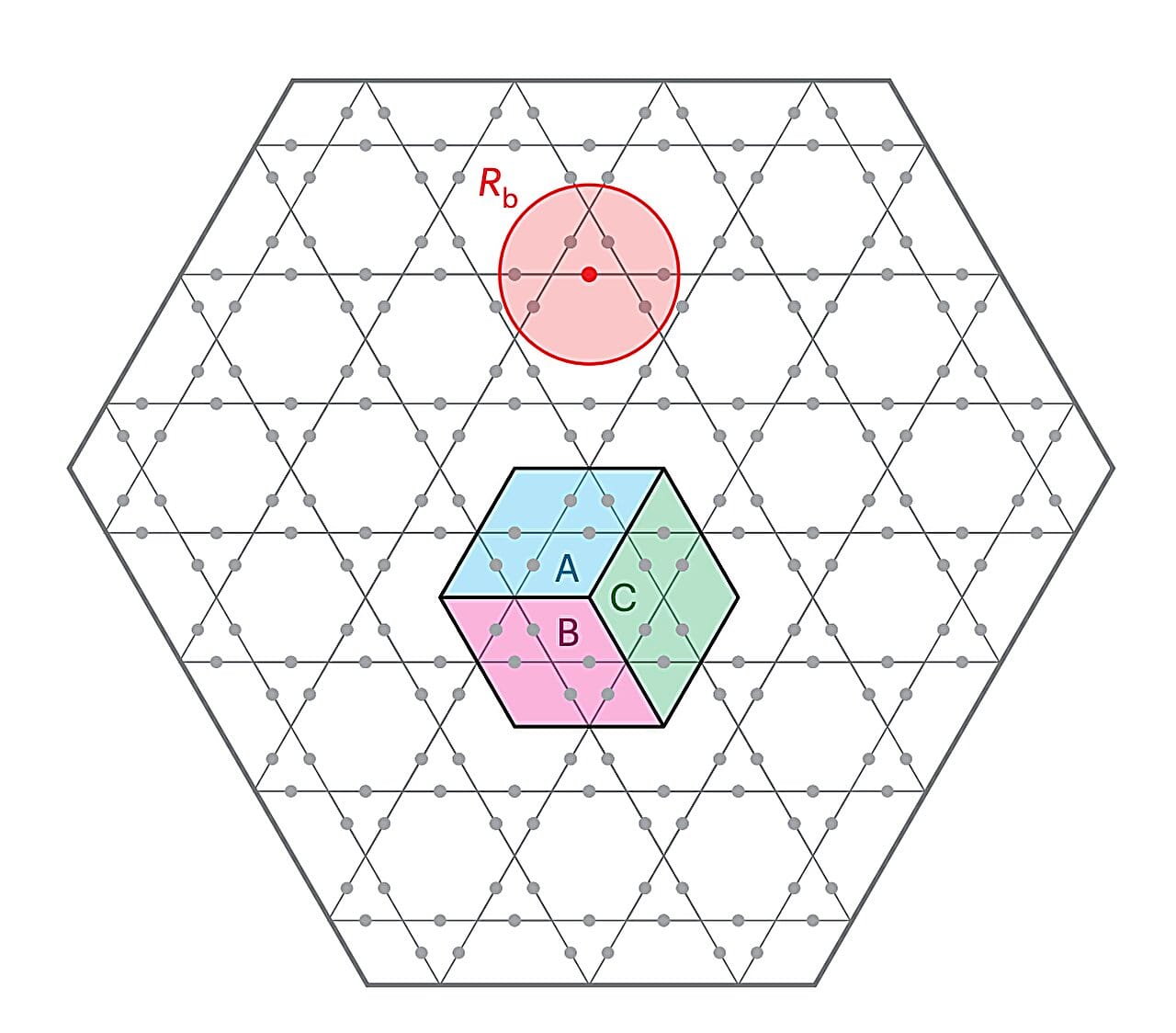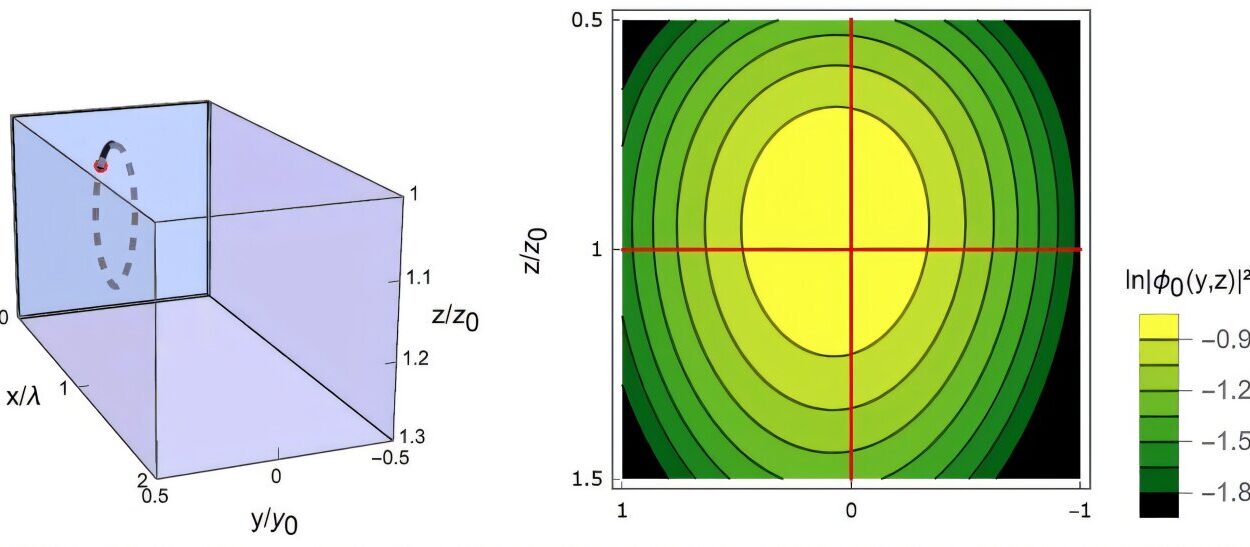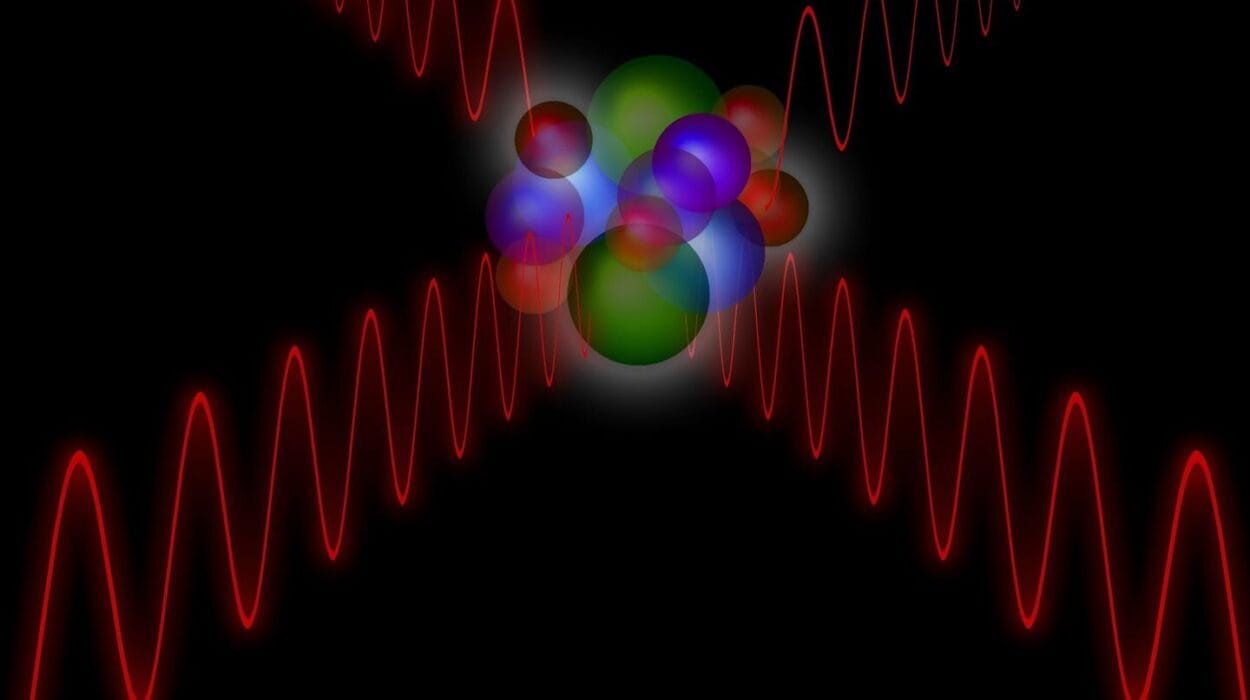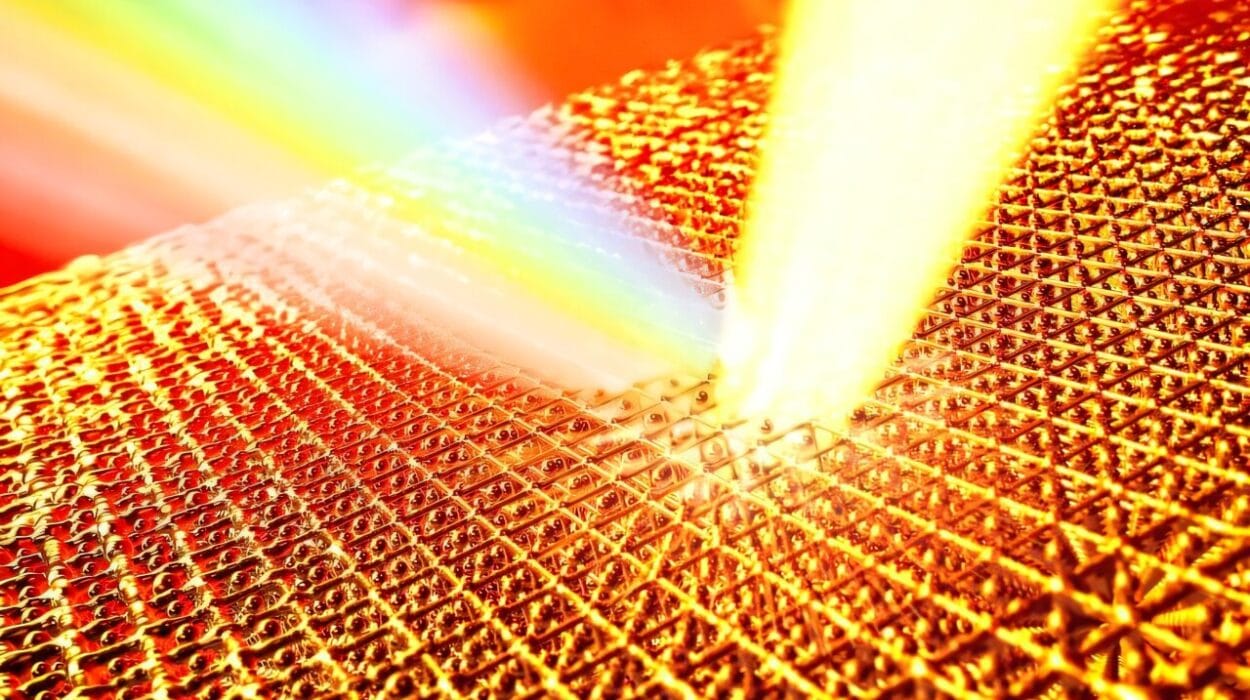In the strange world of quantum physics, some of the most fascinating states of matter cannot be understood by looking at simple, local interactions. Instead, they are defined by how the entire system is connected—its global structure rather than the individual behavior of its parts. These are called topological quantum systems, and among them, one of the most elusive is the quantum spin liquid.
Unlike ordinary magnets, where spins of electrons tend to align in an orderly fashion, quantum spin liquids refuse to settle down. Their spins remain in constant fluctuation, creating a highly entangled and exotic state of matter. Scientists believe these states could hold the key to next-generation quantum technologies, but studying them directly has been a challenge.
Now, researchers at the École Polytechnique Fédérale de Lausanne (EPFL) have made a breakthrough. By developing a new way to simulate quantum spin liquids, they have managed to overcome limitations that have long plagued experimental and computational methods. Their results, published in Nature Physics, offer an important step forward in unlocking the mysteries of these strange quantum states.
Why Spin Liquids Are So Hard to Pin Down
Traditional physics often relies on measuring properties like magnetization to describe materials. But for quantum spin liquids, such local measurements fail to capture what really matters: the long-range entanglement that defines their behavior.
“Everything started with the study published by Semeghini et al., in which they experimentally studied a topological spin liquid,” said Linda Mauron, first author of the new paper. “This paper was quite important as it was one of the first to observe such a state outside of theory. However, we realized that all the numerical benchmarks…failed to capture some of the central particularities of the experimental setup and were thus potentially wrongly compared.”
In other words, while experiments with exotic setups such as Rydberg atoms—atoms excited into extremely high-energy states—had started to glimpse spin liquid behavior, the theoretical tools available were not keeping pace. Researchers needed a more accurate way to simulate these fragile systems.
A New Way to Simulate Quantum Worlds
Mauron and her colleagues took inspiration from the limitations of past methods. Instead of attempting to calculate the probabilities of every possible quantum state—a task that grows exponentially more difficult as the system size increases—they devised a more compact approach.
“To keep it simple, instead of learning the probabilities of every single state that could possibly exist (which, for a system of N spins, equals 2^N states to learn), we encode the quantum state with a few parameters which instead learn the features of the state,” explained Mauron.
The crucial innovation was to directly encode the correlations within the wave function itself. This meant that their simulations could capture entanglement—a defining characteristic of quantum spin liquids—more faithfully than standard methods, which typically fail when entanglement grows too large.
The Power of Time-Dependent Variational Monte Carlo
To bring their idea to life, the EPFL team turned to a numerical scheme known as time-dependent variational Monte Carlo (t-VMC). Unlike many approaches that rely on simplifying assumptions about system size, geometry, or time evolution, t-VMC can simulate the quantum state’s dynamics without such compromises.
“We demonstrated the capacity of our approach to faithfully simulate an experimental protocol on a Rydberg atom simulator, without making any approximation, while still being able to scale up this scheme to meaningful system sizes,” Mauron said. “As a direct consequence, our study allows us to draw conclusions about the capabilities of the simulated protocol.”
This combination of flexibility and accuracy allowed the researchers to go beyond what real-world experiments can currently measure.
Unlocking Hidden Quantities
Perhaps the most exciting outcome of the EPFL study was its ability to predict quantities that experiments cannot easily extract. Among these is the topological entanglement entropy, a subtle but powerful signature that distinguishes true topological order from states that only mimic it.
By calculating this quantity in their simulations, the researchers provided a new way to confirm whether a system is genuinely in a quantum spin liquid state, rather than just appearing disordered. This is a critical step for experimentalists, who often struggle to interpret ambiguous signals from complex quantum platforms.
Building the Future of Quantum Simulation
The implications of this work stretch far beyond the single protocol studied. The EPFL team sees their approach as a foundation that can be adapted to other quantum devices and experimental setups.
“We are now focusing on the ability to simulate additional quantum devices and protocols using similar techniques,” Mauron said. “We are also further investigating the characteristics of the state prepared through the herein-described protocol.”
As quantum technologies continue to advance, the ability to faithfully model their behavior will become indispensable. Quantum spin liquids, once a purely theoretical curiosity, are now within reach of experimental realization—and accurate simulations are the bridge that will help scientists cross into this new territory.
A Glimpse Into Tomorrow’s Quantum World
The study highlights how theory and experiment must evolve hand in hand. Experiments using Rydberg atoms and other cutting-edge platforms provide tantalizing glimpses of exotic states of matter, while advanced simulations like those from the EPFL group allow researchers to interpret and expand on those findings.
In the long run, a deeper understanding of quantum spin liquids could revolutionize how we build quantum computers, store information, or even design entirely new materials with properties that defy conventional physics.
For now, what the EPFL researchers have achieved is a step closer to turning an enigmatic quantum dream into a tangible reality. By giving physicists sharper tools to probe the unseeable, they have illuminated a path toward one of the most profound frontiers in modern science.
More information: Linda Mauron et al, Predicting topological entanglement entropy in a Rydberg analogue simulator, Nature Physics (2025). DOI: 10.1038/s41567-025-02944-3






